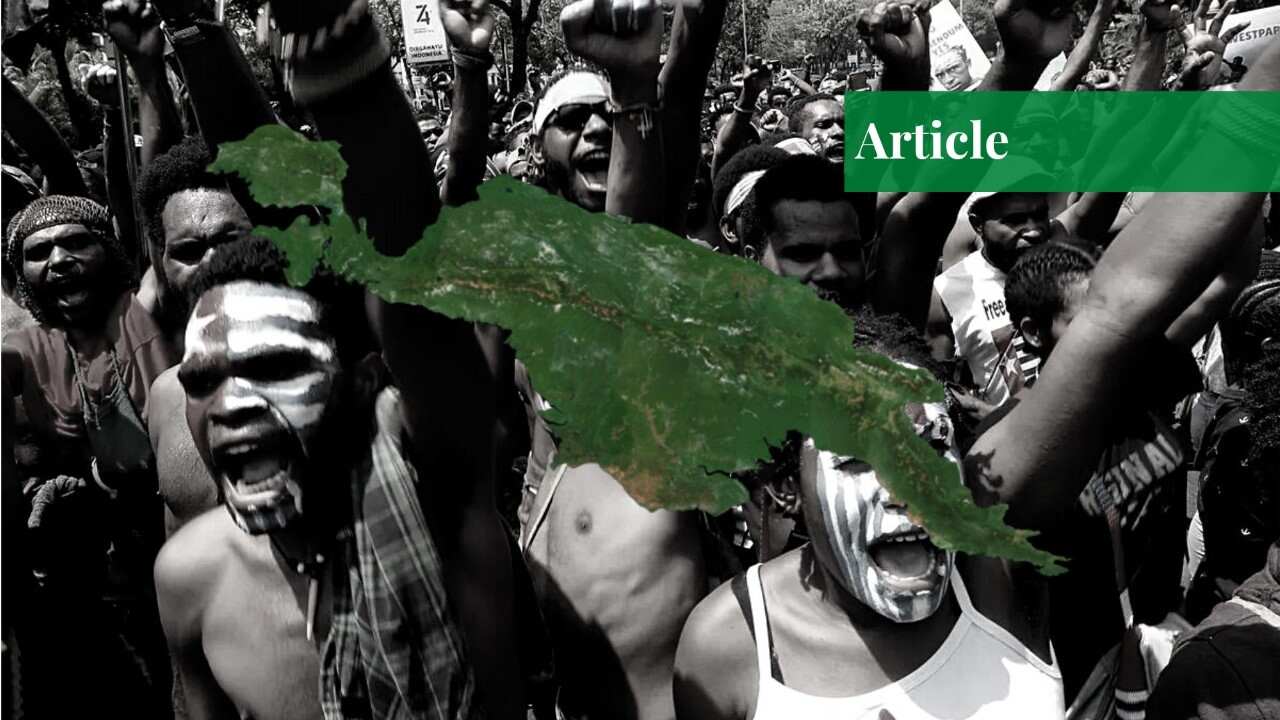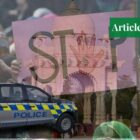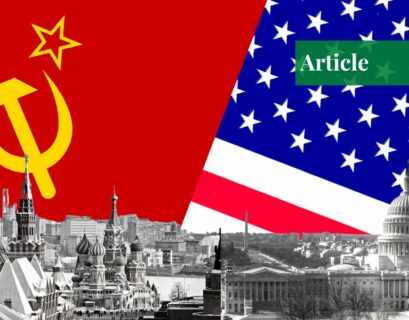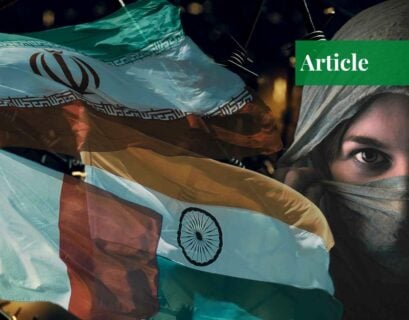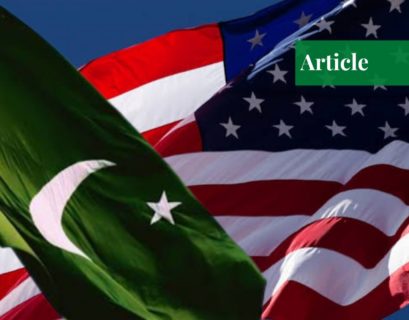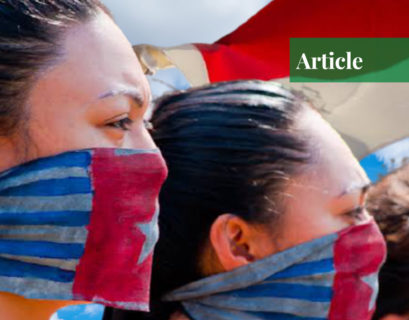Hafsa Ammar is a graduate of the National Defence University, Islamabad. Her areas of expertise are narrative building and propaganda warfare, centered around the Soviet Union and modern-day Russia.
History
This conflict has a long and complex history. It has essentially been a decades-long dispute with the Netherlands. The former Dutch colony of West Papua had two paths to follow: it could either go for self-determination, self-rule, and independence, or it could join the Indonesian state as a new province.
The UN declared West Papua as a non-self-governing area for a twelve-year time period (‘50-‘62). The constitutional monarchy of the Netherlands was from a rare breed of colonizers who wanted to actually leave the conquered lands independent and self-sufficient which is why there were some attempts at democratization within the region at all levels: inter-communal and inter-ethnic.
The Netherlands wanted to “Papuanize” the standing government and reintegrated the locals into the bureaucratic and organizational hierarchy. The thought of an independent West Papua did not sit well with the Indonesian authorities who came forth, spearheaded by their President Sukarno to declare that his state held absolute sovereignty over the entirety of the East Indies empire that the Dutch had once colonized. The locals disagreed as did the Dutch to a certain extent because the culture, ethnicity, and even features of the Papuans differed from those of the Indonesians.
Treaties and Agreements
As with any conflict, there were several attempts made to establish peace and harmony in the area, but none were comprehensive enough for sustainable peace.
Luns Plan 1961
Concocted in September of 1961, the Luns plan was put forth by the Dutch foreign minister Joseph Luns. It outlined the proposal of putting the United Nations in charge of the West Papuan territory. The UN would run the state till it was strong enough to rule on its own, but the plan did not pass with the two-thirds majority that it needed to be approved by the UN.
New York Agreement 1962
August of the next year brought another agreement to the table. The contract had one major pitfall which was the exclusion of (West Papuan) Locals. A move that has historically proven to be a bad decision time and again. The agreement said that the Netherlands would pawn off the region to a transitional UN authority which would in turn hand it off to Jakarta, Indonesia.
A power structure known as UNTEA (UN Temporary Executive Authority) was formed which took control of West Papua for seven months and proceeded to hand it over to the Indonesian government. Even during the seven months of UN control, Indonesian interference within West Papua was on the rise in terms of military officials and checkpoints.
Act of Free Choice 1969
An imperative part of the New York Agreement of 1962 included the Act of Free Choice. It was supposed to be a plebiscite undertaken by the West Papuan locals to decide the status of their territory. However, the Indonesian authorities manipulated the terms of the agreement and instead chose 1025 people on their own and told them to vote under active threat to choose Indonesian authority over self-independence.
This led to several protests and active resistance by the Papuans due to the lack of authenticity and credibility of the voting system. Many crowded outside the home of Ortiz Sanz, the appointed representative for the Act of Free Choice, to bring notice to the injustice.
When not much changed, the resistance caught momentum and acts of violence and vandalism became the norm. Rebel groups formed. However, the Indonesian military had more firepower and control and managed to suppress the Papuans. Freedom of speech was punished and people were arrested for just holding up signs at protests. Their general rights which were to be granted under the New York agreement were also violated upon the banning of their nationalist marches and parades.
The Dutch monarchy didn’t try very hard to enforce its initial stance of forming an independent West Papua after the 1962 agreement because they wanted an out from the never-ending conflict and they wanted their exit to be clean and without complications which eventually led to throwing the West Papuans into the deep end without a life jacket. The United Nations attempted to convince Jakarta to reduce the intensity of its military approach, but the request went unnoticed for the most part.
Cold War Impact
The time period of this conflict fell right in the middle of when the Cold War was at its peak. The geopolitical strings of the world were already pulled taut and any unexpected conflict could lead to an escalation which is why this issue caught the international spotlight pretty quickly.
Indonesia was not afraid to posture against and threaten the Dutch as it had the support of both poles – the US and USSR, and most of Europe. America did not want any conflict to arise in the area because the Soviet support that Indonesia had, meant that in case of war, Soviet troops and arms would find their way into this side of the arena. To avoid Russian presence in the region, the US used its powers of suggestion to tip favor into Indonesian scales.
Recent Developments
In recent news, a pilot from New Zealand known as Phillip Martens has been taken hostage by Papuan rebels. The rebels claim to be part of the West Papua Liberation Army. Their loyalty to the cause is what led them to let the passengers go as if they were Papuan locals.
They released a picture of the pilot being held, surrounded by several men decorated with guns and arrows alike – the primitive weapons adding to the dangerous and feral outlook. Their demand is pretty straightforward in that they want Indonesia to recognize West Papua as an independent entity. The hostage is being kept for Papuan independence and deterrence in case of armed retribution.
If you want to submit your articles and/or research papers, please check the Submissions page.
The views and opinions expressed in this article/paper are the author’s own and do not necessarily reflect the editorial position of Paradigm Shift.
